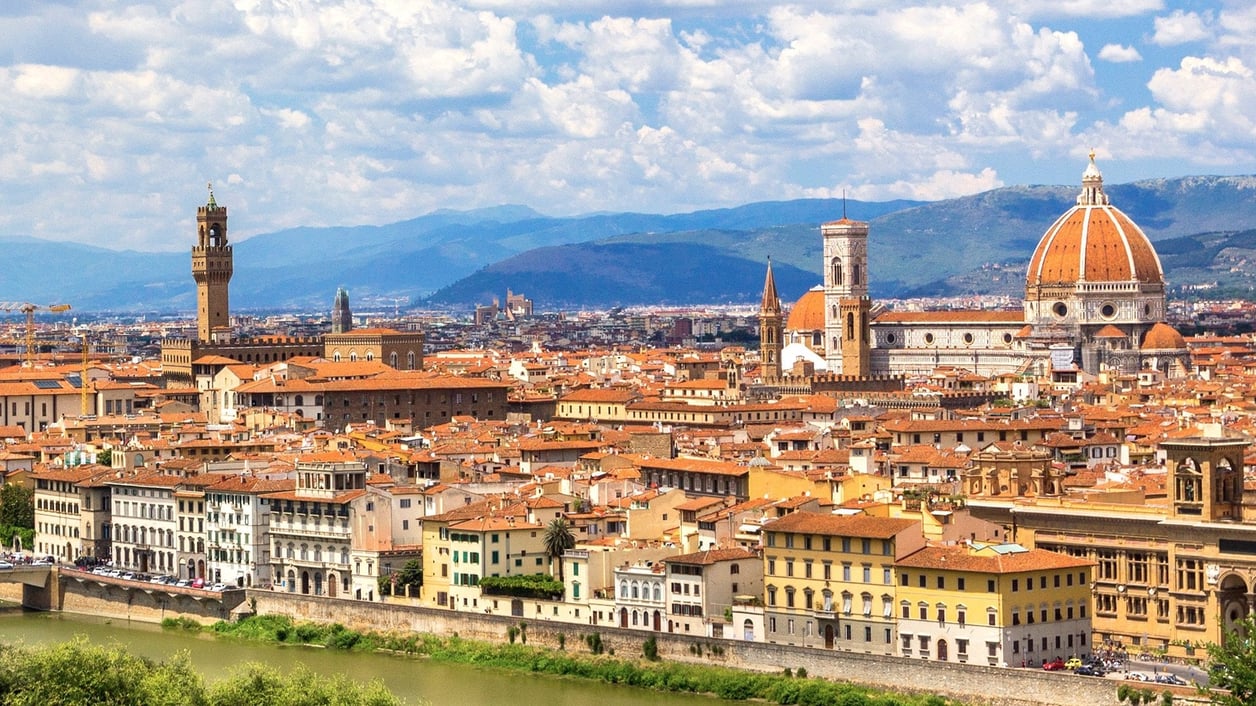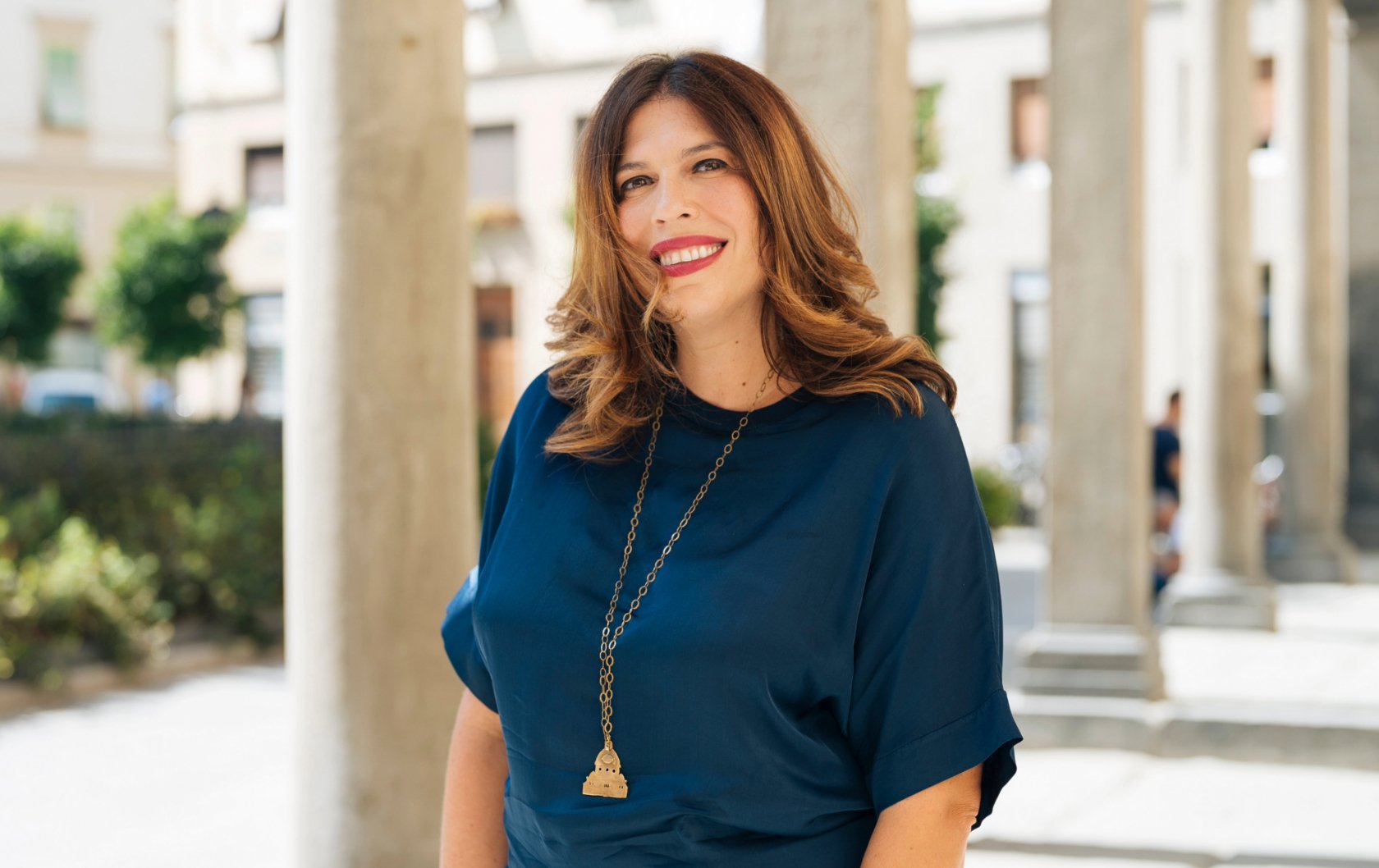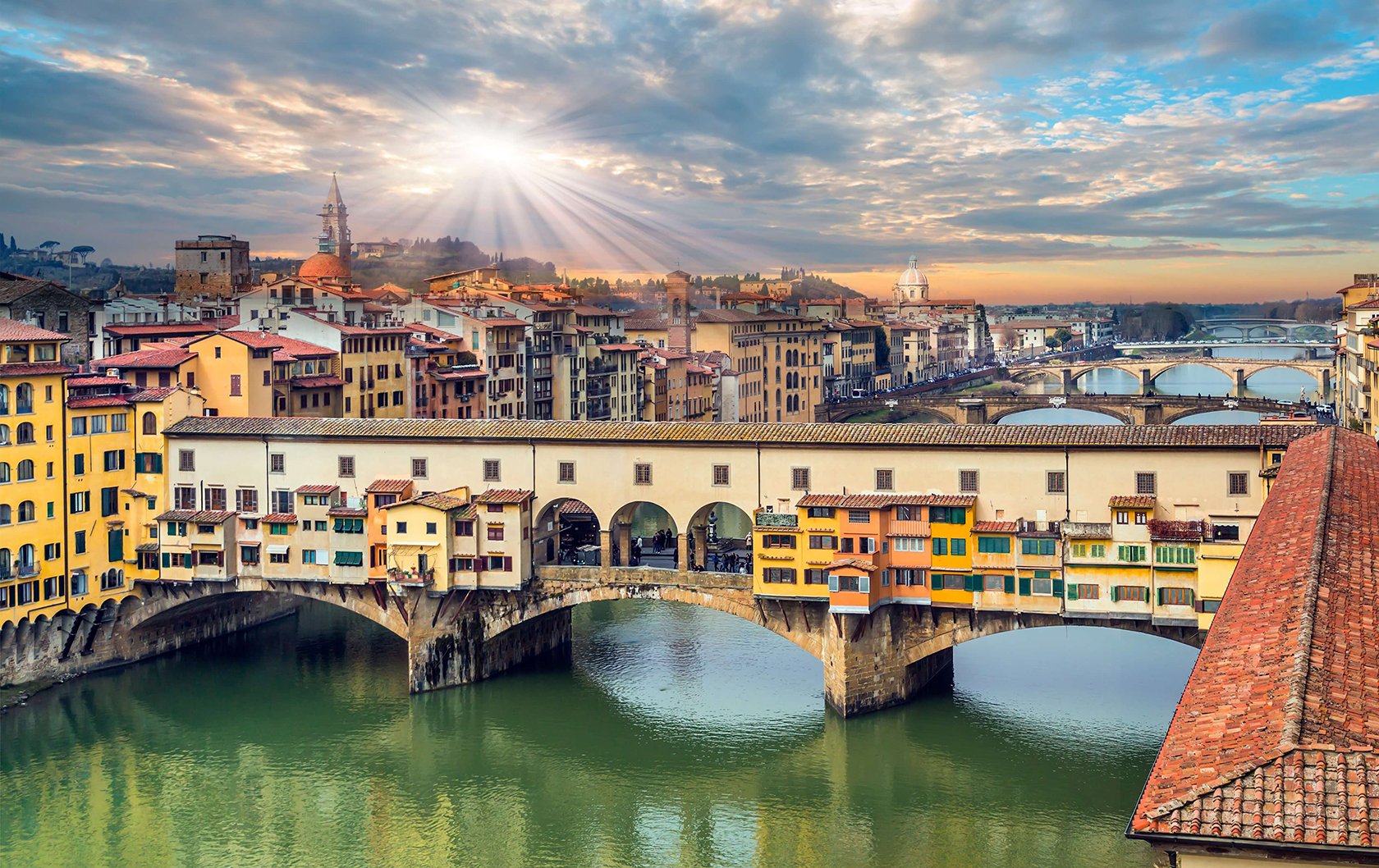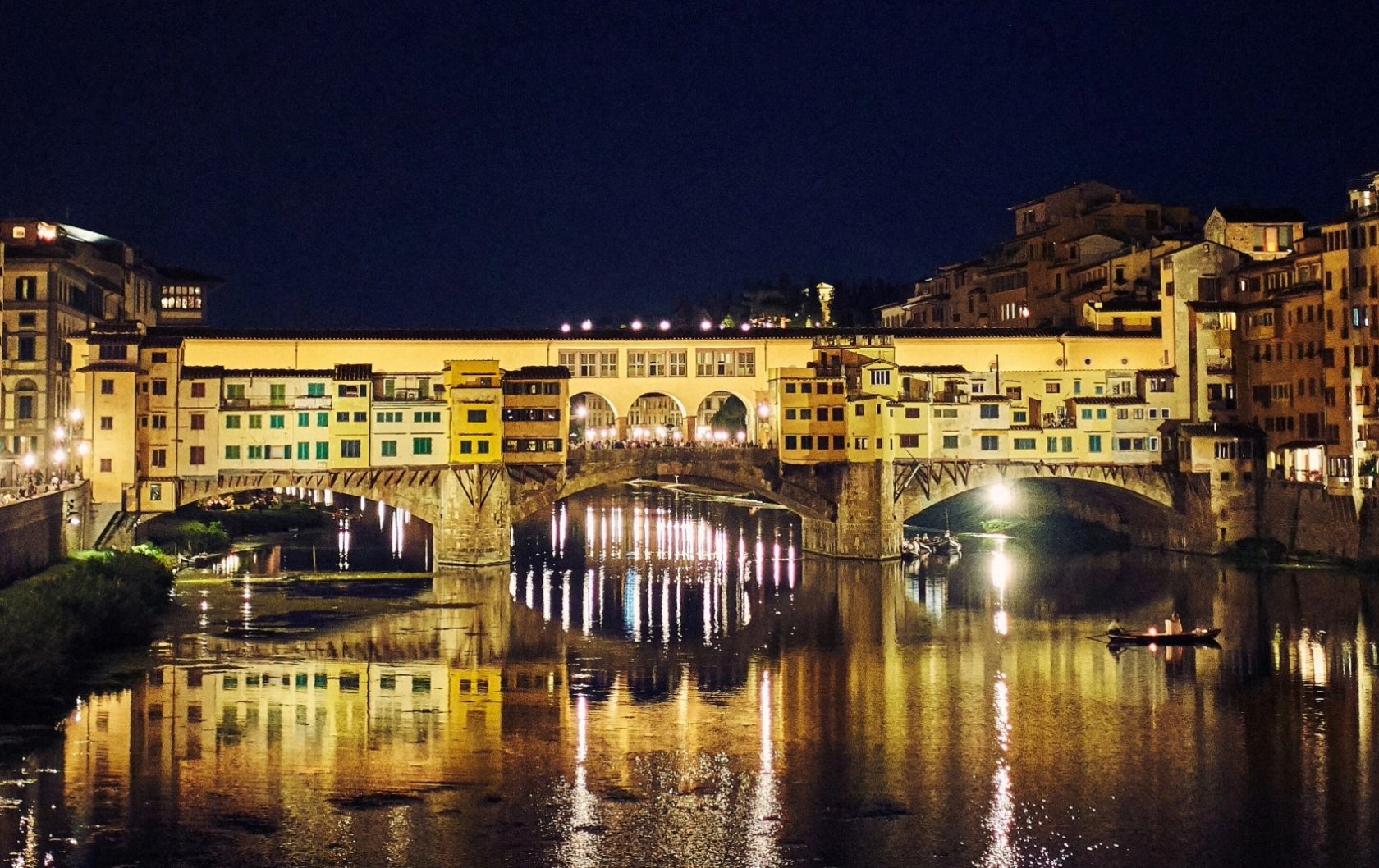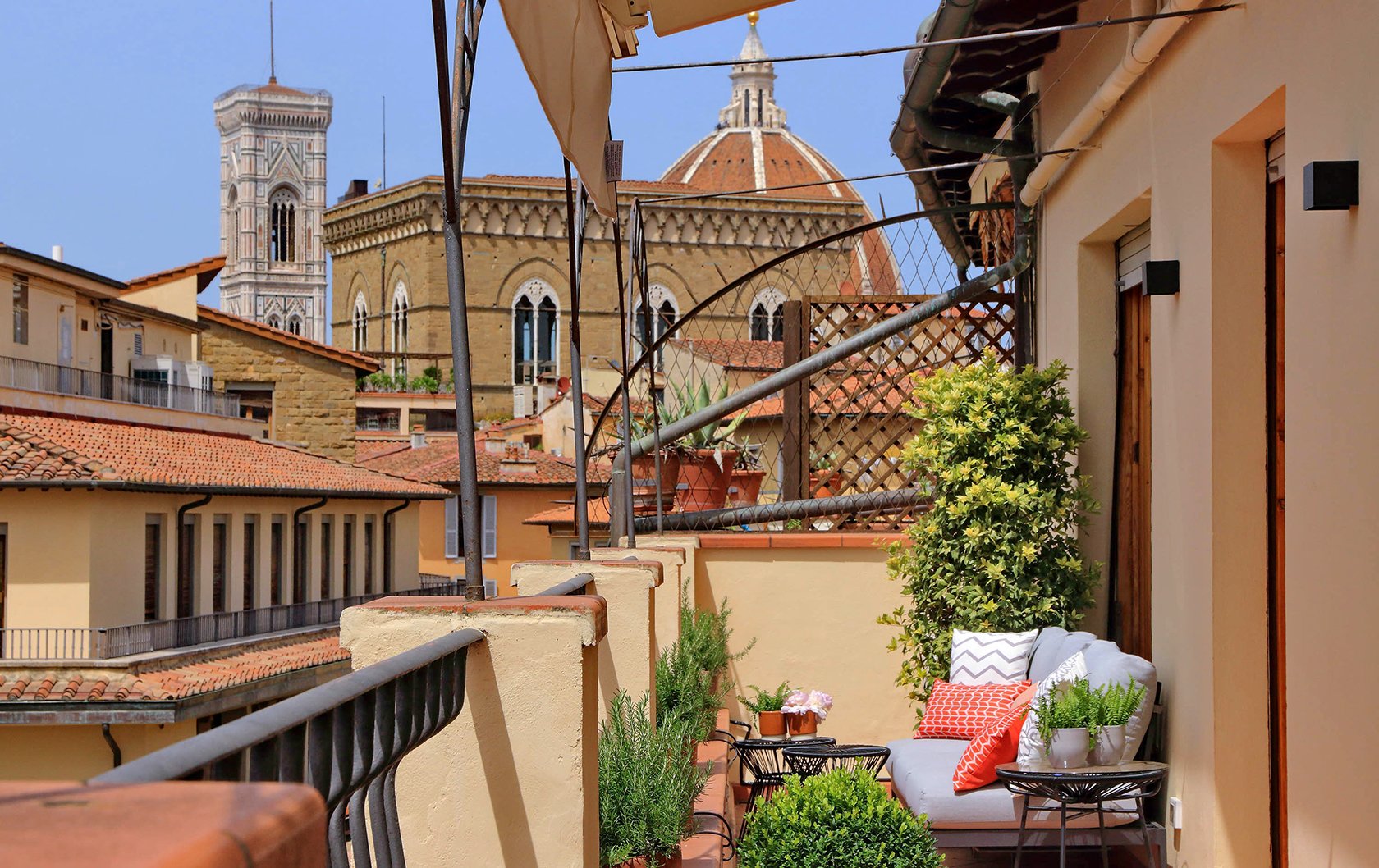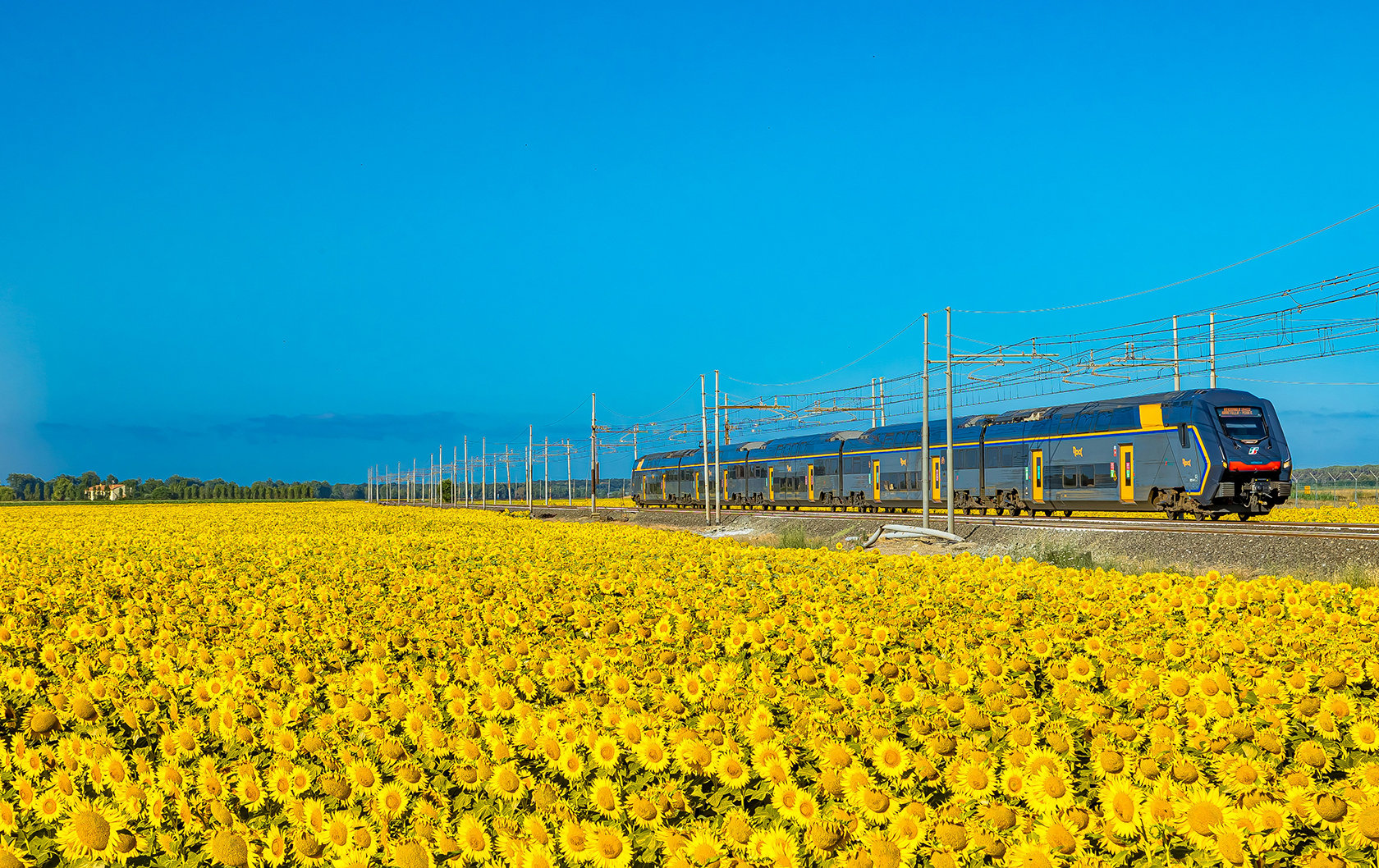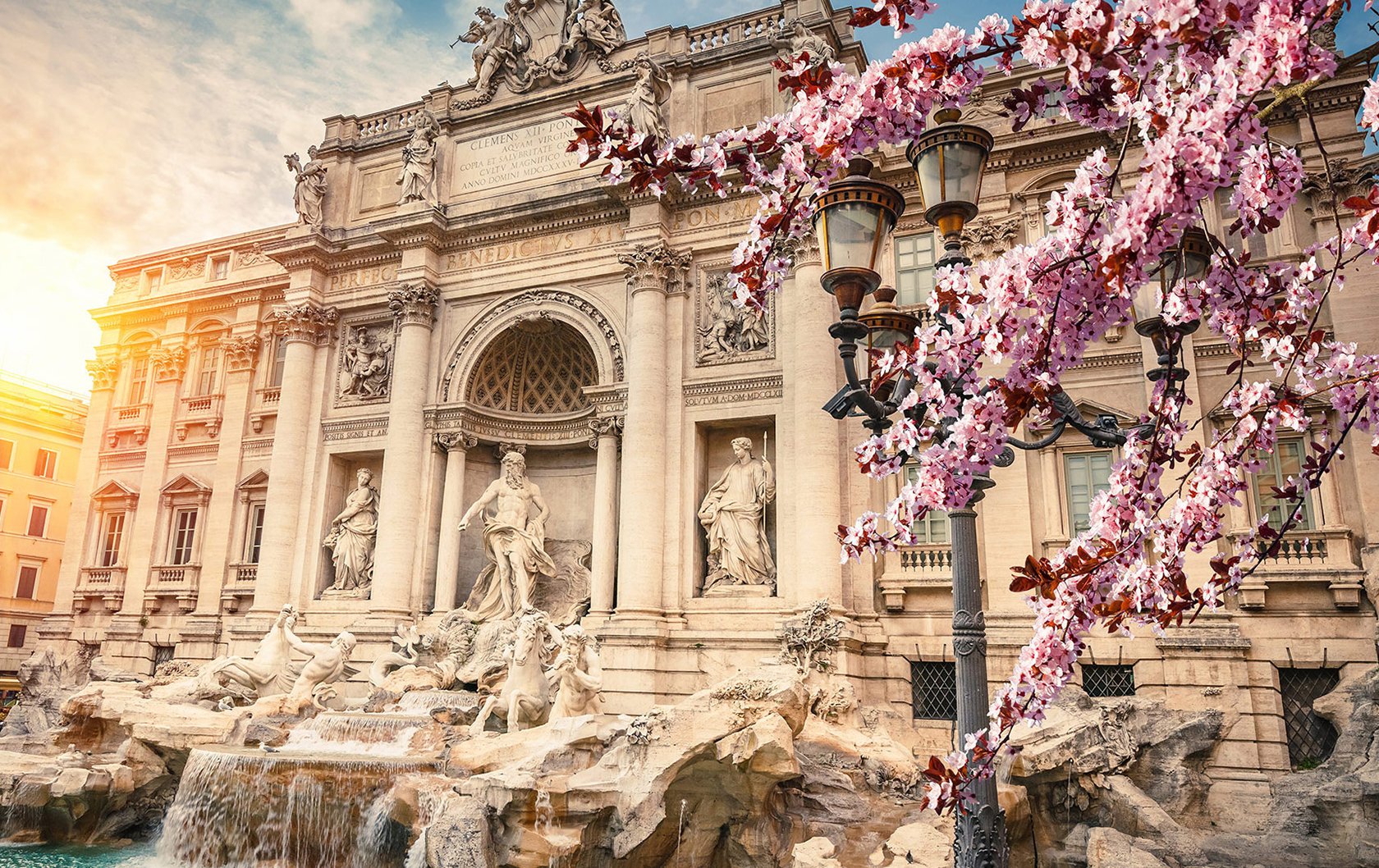The streets of Florence are filled with tourists all day long, all year. The shopping areas are cheerfully busy with shoppers from around the world. We believe that when you have been dealing with this busy city all day long, doing your job as a tourist, a student of art, history, or commerce, you need to retire to a place, an accommodation, all your own. You can avoid the four-walled confines of a hotel room and spread out in a two or three room vacation rental apartment.
If you are traveling with family or friends, people on different schedules (some kids never fully shift time zones), can go about their business in your rental apartment without disturbing everybody else. You can accommodate your own schedule by preparing meals in your kitchen, even if you want to simply have breakfast in your pajamas and your coffee on the terrace (see the Medici apartment) while every one else sleeps in. Dining pleasures abound in Florence, but it is also a wonderful and budget-friendly experience to shop for your own fresh Tuscan ingredients and prepare a simple, low-stress meal in your own apartment.
Florence Neighborhoods
Piazza della Signora: One of the most beautiful squares in Florence, full of cultural activities. It was the hub of political life since the 13th century. On one side is the Loggia die Lanzi, is an outdoor "museum" which showcases replicas of Rennaissance sculptures by Giambologna, Cellini. Right outside the Loggia is a replica of Michelangelo's David.
Along side the Loggia, is the entrance to the Uffizi Gallery, the most famous art gallery in Florence. Just behind the Loggia is the Pallazo Vecchio, which holds a museum as well as government offices. A great base to explore the major important attractions in Florence. Filled with tourists, day and night, the square is lined with cafes and restaurants, making this a great place for people watching! The vibe here is exciting!
Piazzale Michelangelo: Located on the left bank of the Arno River, this terrace offers what is perhaps the most panoramic view of all of Florence and the hills beyond. Built in 1869 by Giuseppe Poggi as a dedication to Michelangelo, there is another reproduction of the David which is featured prominently here. There are plenty of cafes and souvenir shops here to cater to the abundance of tourists that flock here. Busy day and night, but well worth the up hill hike or scenic drive here though, to enjoy the incredible view! Sunrise and dusk. are a great time to visit and offer perfect picture taking opportunities!
Ponte Vecchio ( "Old Bridge"): One of the most prominent and picturesque landmarks in Florence. A medieval stone bridge with segmented arches spanning over the Arno River. It is one of only six bridges left standing after the destruction of WW2. At one time, the cities butchers had their stalls here, but over time, those were replaced with gold shops, art dealers and now, plenty of souvenir shops. Buzzing day and night with tourists and locals, it is a must see during a trip to Florence! A visit at night is special as there are plenty of street musicians performing making this a truly exciting atmosphere!
San Lorenzo: The famous Basilica di San Lorenzo is located here , also the, center of the city's main market area. This area lies between the train station (Santa Maria Novella) and the Duomo. Once the parish of the Medici Family, the majority of the members of this famous family are buried here. Just north of the church is the famous and bustling Mercato Central, the giant indoor/outdoor market, most noted for its variety of leather goods. Bargaining for leather goods here is all the rage. There are plenty of reputable and some questionable merchants here, buyer beware! Also located here is the must see spectacular food market. Longstanding farmers, butchers, cheese makers, vinegar and olive oil producers display their delicious bounty! A feast for the senses!
Santa Croce: Another of Florence's famous Basilicas , Santa Croce (Franciscan) is the final resting place for some of Italy's most famous people, including Michelangelo, Galileo and Machiavelli. Unlike many of the other more bustling squares in Florence, Santa Croce has a more low key and relaxed feel. It is a neighborhood where many of the "locals" take up residence. The trademark of this neighborhood are the abundance of leather shops. There are plenty of cafes and pizzerias here to rest and enjoy the peace and quiet. Often times, there are street musicians playing traditional Italian music which adds to the romantic atmosphere. The National Central Library( Biblioteca Nazionale Centrale di Firenze) is also located here.
Santa Maria Novella: This area is on the western edge of the historic district and features the train station and a Dominican church of the same name. Although at one time, this was considered the "seedy" part of town, it has been recently restored, and with the restriction of traffic, has become a more desirable and affordable place to stay. There is a wide variety of hotels and apartments for rent. Also, here is where you will find and exciting and lively night life, with plenty of bars featuring live music. The feel here is bohemian! In this neighborhood also lies exclusive boutiques that are concentrated in a few of the most well-known streets such as Via de' Tornabuoini which is famous for designers such as Versace and Ferragamo.
Oltrarno: Located across the Arno River on the left bank, Oltrarno ("Left Bank") is the quiet side of Florence. This is a true "local neighborhood", not much English is spoken here. It began as a working class neighborhood but over time, became a chic area for the aristocrats to build palaces on the edge of the countryside. The most notable of these palaces, the Pitti Palace, is located here. The neighborhood now features an eclectic mix of buildings including apartments, historic churches, trendy designer shops, restaurants, and an abundance of artisan workshops. A great place to explore and meander the little uncrowded, narrow, winding streets. This is perhaps one of Florence's most colorful and lively neighborhoods, drawing a younger crowd.
Pitti Palace: The Medici palace located on the south side of the Arno River. It houses the largest museum complex in Florence. There are several galleries within the complex. Not to be missed, the Boboli gardens surrounding the palace. The gardens are a showcase of Italian landscaping with fountains, grottoes and stunning sculptures. They are a true sight to behold! A full day is needed here as there is so much to take in.
Santo Spirito/San Frediano: Located in the Oltrarno district, this "bohemian" area is the most typical and genuine district in the city. The streets are filled with unique artisan workshops, jewelry stalls, typical restaurants, street markets, ancient churches and old buildings. A typical outdoor market occurs here daily featuring clothing, food and other items. The largest piazza in the district is the Piazza Santo Spirito. The church here of the same name, is one of the most beloved by all Florentines, art students and tourists alike. Designed in the Renaissance style by the famous architect Brunelleschi, the great wooden Michelangelo crucifix can be seen here. The neighborhood has a lively nightlife scene (some would call it "alternative") and has some of the city's "coolest" bars and trendy restaurants. West of the Piazza, is the neighborhood of San Frediano, another hip and fashionable area which draws both locals and visitors alike.
Duomo: By far, the most famous sight in all of Florence. It is the centerpiece of the historic district. The iconic brick dome, tops the Gothic style Santa Maria del Fiore Cathedral located here. Designed by the famous architect Brunelleschi, it is one of the most impressive architectural feats known to man. The cathedral itself is hidden in the middle of surrounding buildings and narrow streets so the the view of it is limited, until you actually reach the pizazza. Only the dome can be seen from a distance. After touring the church and enjoying the famous Vasari fresco which adorns the walls, you can climb the 463 narrow steps to the top to enjoy a 360 degree breathtaking view of Florence from above. The main square surrounding the Duomo is saturated with tourists hotels, cafes, restaurants, vendors, and a constant flow of tour groups. A great place to people watch, this is the place to be if you want to be in the "thick of it all"! Staying in the area is convenient as it is halfway between the other major attractions including the Uffizi and Accademia Galleries and the Ponte Vecchio Bridge.
Santa Annunziata: The Basilica della Santissima Annunziata (Basilica of the Most Holy Annunciation) A hidden gem located on the northeast side of the piazza of the same name. It is the mother church of the Servite order. It is one of the few Baroque churches in Florence. The exterior is quite unassuming, but the interior is full of beautiful frescos and typical Florentine art. The Basilica is located just around the corner from the Galleria dell'Accademia.
Campo di Marte:A. Located outside of what used to be the medieval city wall, it was built in the early 1800's as the training grounds for the Tuscan army. Many historical buildings can be found here as well as modern stone and cement apartment blocks which were build after WW2. It is now the area that features major sports stadiums and a lively bar scene.
Fortezza de Basso: Originally built in 1534 as a fortified village, it is now the main commercial exhibition center in Florence. The venue is conveniently close to the airport, main railway station of Santa Maria Novella and to all of the principal hotels, and is also within easy walking distance of the major tourist attractions.
